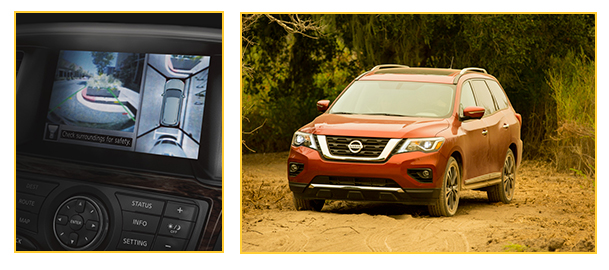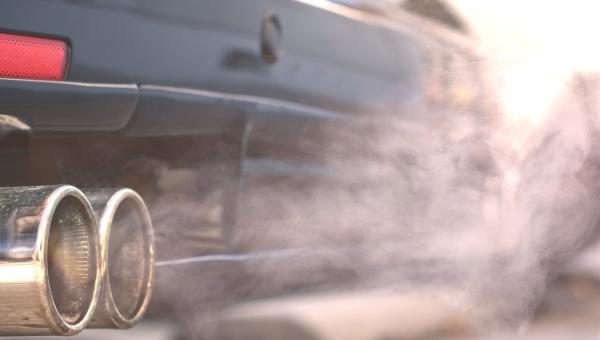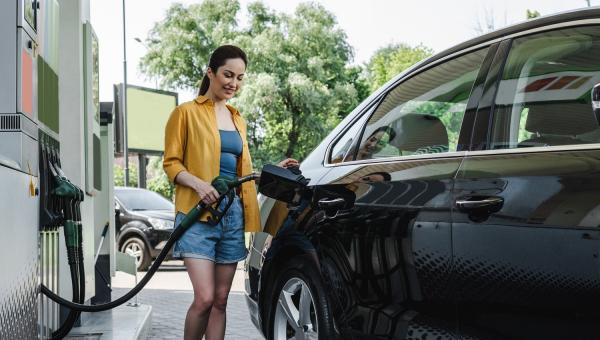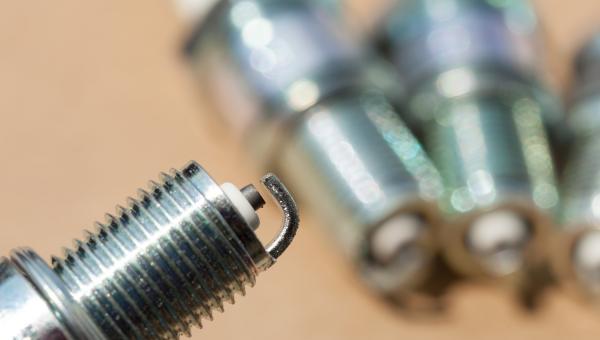Test Drive Notes Library
-
 Pros
Pros
- Improved handling. Last time we drove the Pathfinder, in 2014, the handling was reminiscent of a 1972 Buick. The body lean and jello-like suspension practically made us seasick. That’s been improved, and the extreme floatiness is gone. It still handles like a large SUV, but it doesn’t feel like you’re piloting the Staten Island Ferry on corners anymore. Handling is now acceptable.
- Comfort. A few years ago, the Pathfinder moved to a unibody, car-type platform, and gave up the truck underpinnings. That results in a very comfortable ride. The driver and passenger seats are wide and comfy, too. The cabin was well appointed in our Platinum test car, with butt heating and cooling, and all of the other luxuries one could reasonably want.
- Power. Plenty of power from Nissan’s 284 hp, 3.5 liter V6.
- All-wheel drive. The all-wheel-drive system in the Pathfinder normally operates as front-wheel drive to save fuel, shifting power to the rear wheels only when necessary. If you live in the snow belt, AWD is a real plus.
- Versatility. Large, car-based SUVs, like the Pathfinder, Toyota Highlander, and Chevy Traverse are the new minivans. And while they’re not as versatile as actual minivans, they come with three rows of seats. One of the problems with an SUV-as-minivan-substitute is that it’s difficult to access the third row of seats. The Pathfinder helps by providing a second row seat that slides forward pretty easily, allowing the still-agile to clamber into the third row — where you’ll immediately want to escape. But at least getting out will be easier, too.
- Accessibility. For passengers whose seats are adjacent to doors, the Pathfinder is easy to get in and out of. A nice, low door sill makes ingress and egress a snap.
- Available safety features. You can get automatic emergency braking, rear cross traffic warning, and blind spot monitors. And you should.
- Birds Eye View rear camera. Every car should have one of these. Makes backing a large SUV into a tight parking space pretty darned easy.
- No gauge needed to fill tires. Nissan’s “Easy Fill” system is a nice innovation; the car uses the tire pressure monitoring system while you’re adding air, and honks the horn when you reach the correct pressure. May not be life altering, but it’s good thinking.
-
 Cons
Cons
- Noisy CVT. While the Continuously Variable Transmission works fine, and is unobtrusive under gentle acceleration, when you step on it, it brings on a harsh engine roar.
- Visibility. We mentioned the bird’s eye view camera, which is great for backing up the Pathfinder. It’s available on the highest trim level Platinum. All trim levels could use it because visibility out back is limited by a smallish rear window, large D pillars, and rear seat head restraints. Don’t expect to see anything behind you without technology.
- Lots of buttons. We often praise car makers for using hard knobs and buttons for frequently used functions (volume, temperature), so you don’t have to navigate through screen menus and take your eyes off the road to make common adjustments. Nissan went a little overboard in the Pathfinder. There’s the touchscreen/controller combo up top on the console, and then a slew of buttons below that. They’re all useful, but they’re small and there are so many that you still have to take your eyes off the road to use them.
- Mileage. It’s nothing special. Rated at 13/25 with 18mpg overall, we got about 12 in the city, and less than 18 overall.
- Reliability. Oddly for Nissan, this vehicle gets notably poor grades for reliability from That Major Consumer Magazine.
Test Drive Notes Library
Get the Car Talk Newsletter
 Pros
Pros Cons
Cons


